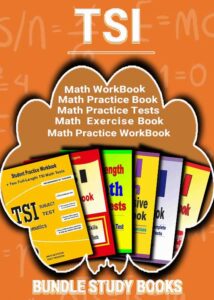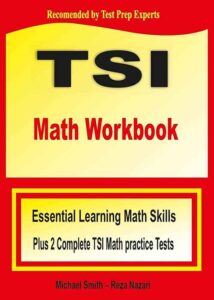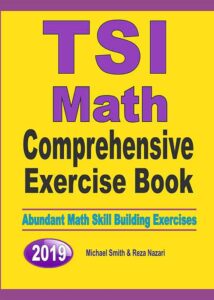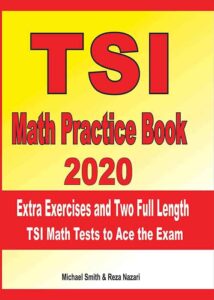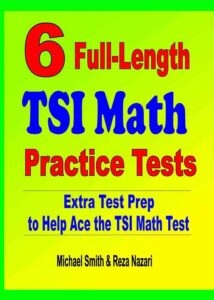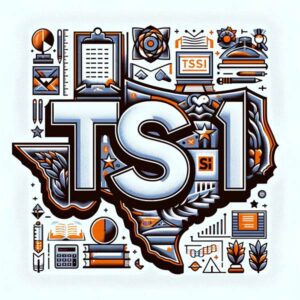
How to Prepare for the TSI Test?
The TSI test, established by the Texas state education system, is a pivotal assessment aimed at ensuring students possess the necessary academic skills for success in college-level studies. It encompasses a holistic approach, combining a pre-assessment activity, academic counseling, development programs, and a crucial assessment before entering college.
Understanding the TSI Test Structure
The TSI test is divided into three core areas: Reading, Writing, and Mathematics. This initial assessment is mandatory for all college freshmen to identify their academic readiness and place them in appropriate courses. The test is designed inclusively, with provisions for students with disabilities to receive reasonable accommodations.
Minimum Score Requirements
- For Mathematics, a passing score is 950, or a score of less than 950 accompanied by a diagnostics level of 6.
- In English, Language Arts, and Reading, the minimum score is 945 with an essay score of at least 5, or a diagnostics level of 5 or higher if the score is below 945.
- The previous minimum scores before January 11, 2021, were set differently for each section.
TSI Practice Test Options
Students can opt to take the TSI practice test either at home or on campus. Remote testing requires a submission of a Request for Remote TSI Form a week before the desired date. A fee of $30 is applicable for setting up a remote TSI practice test. It’s imperative for students to arrive at the test center 15 minutes early with a photo ID and payment receipt.
TSI Math Practice Test
The Math section of the TSI assesses four key knowledge areas:
- Quantitative Reasoning: Includes questions on ratios, proportions, and linear equations.
- Algebraic Reasoning: Focuses on functions, equation solving, and real-world problem contexts.
- Geometric Reasoning: Covers geometric problems, transformations, and right triangle trigonometry.
- Statistical and Probabilistic Reasoning: Involves interpreting probability, data analysis, and data representation.
English Language and Reading
The English and Reading section encompasses 30 multiple-choice questions, split into two categories focusing on reading and writing.
Preparing for the TSI Test
Utilize Practice Tests and Study Guides
The pre-assessment activity is a crucial starting point, helping students identify their strengths and weaknesses. Practice tests and study guides are invaluable resources for familiarizing with the test format and content.
Learning Preferences
Understanding your learning style is critical. Whether it’s group study or solo sessions, effective time management and a tailored study plan are key to success.
Mental and Physical Preparation
A clear mind and a healthy body are essential for optimal performance. Eat light before the test, understand the exam rules, and know the length of breaks during the test.
Time Management
Being punctual and setting alarms if necessary are vital. Using the allocated time effectively for each section is crucial.
Tips for TSI Success
- Focus on Core Areas: Prioritize subjects where improvement is needed.
- Familiarize with Test Format: Understand the structure and types of questions.
- Regular Practice: Regularly engage in practice tests to gauge understanding and improve test-taking strategies.
- Review and Analyze: Post-practice, review your answers to understand mistakes and learn from them.
- Stay Informed: Keep up with any changes in the TSI testing format.
- Seek Support: Join study groups or seek help from tutors for challenging areas.
Conclusion
The TSI test is a gateway to your academic future in college. A strategic approach to preparation, focusing on core subjects, and utilizing a variety of study materials and practice tests will pave the way for success. Remember, your dedication and strategic planning in preparing for the TSI are crucial steps towards achieving your academic goals.

